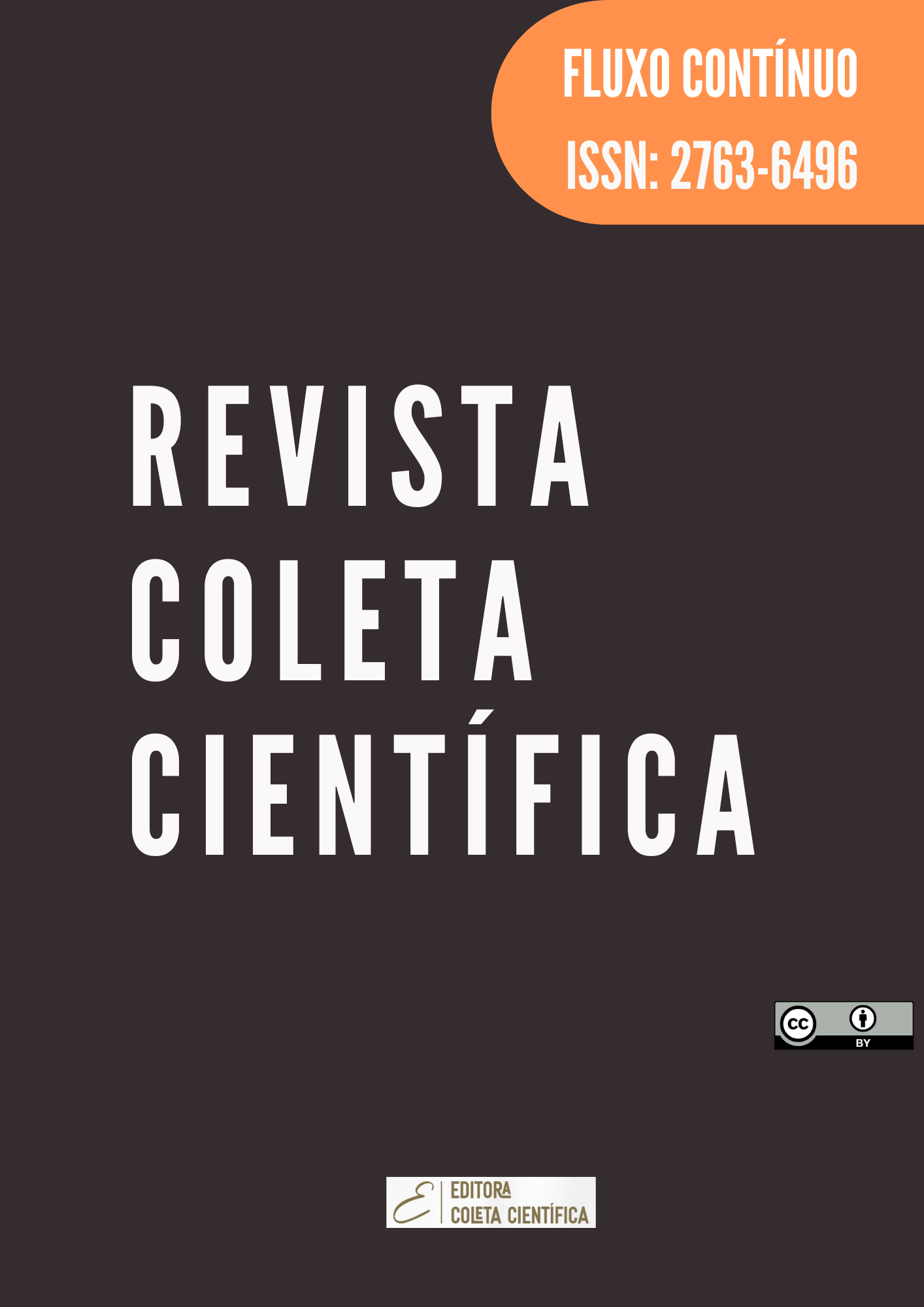Electrostimulation in the fight against obesity
DOI:
https://doi.org/10.5281/zenodo.8106506Keywords:
Electrostimulation, Combat, ObesityAbstract
Obesity is a disease that has been a worldwide concern over time, it consists mainly of the individual's high body mass. In addition to the locomotor difficulty, the disease is accompanied by other series of infirmities that can become moral for the obese individual. With this, it is known that physical activity is the method that most favors the quality of life of these individuals, however, because they have a locomotor limitation, in addition to pain, there is currently a proposal on the market, which is electrostimulation, whose objective is to help in physical performance and decreasing body mass. Therefore, this study aims to present the use of electrostimulation in the fight against obesity. With this, through bibliographical research, it is intended to present answers to the following questions: “what is obesity and what are the impacts on the health of individuals with it?”; “What is electrostimulation and how does it work in helping to fight obesity?”, “What are the results when applying electrostimulation?” and “Is this method efficient?”. For this, a bibliographical research was carried out that can answer these questions and demonstrate the efficiency of the method, as well as its importance.
References
Bray, G. A., et al. (2016). Obesity: a chronic relapsing progressive disease process. A position statement of the World Obesity Federation. Obesity Reviews, 18(7), 715-723. doi: 10.1111/obr.12416
Guirro, E. C. O. (2002). Eletrolipólise terapêutica: estudo comparativo dos efeitos de corrente contínua e corrente alternada no tratamento da lipodistrofia localizada (Doctoral dissertation, Universidade Federal de São Carlos).
Gutierrez, D. A., Puglisi, M. J., & Hasty, A. H. (2009). Impact of increased adipose tissue mass on inflammation, insulin resistance, and dyslipidemia. Current Diabetes Reports, 9(1), 26-32. doi: 10.1007/s11892-009-0005-z
González-Muniesa, P., et al. (2017). Obesity. Nature Reviews Disease Primers, 3, 17034. doi: 10.1038/nrdp.2017.34
Hilton, T. N., et al. (2008). Exercise training improves fat distribution patterns in 60- to 70-year-old men and women. The Journals of Gerontology Series A: Biological Sciences and Medical Sciences, 63(9), 941-949. doi: 10.1093/gerona/63.9.941
Hulens, M., et al. (2001). Physical fitness, physical activity, and daily fatigue in relation to obesity in middle-aged women. Scandinavian Journal of Medicine & Science in Sports, 11(4), 218-225. doi: 10.1034/j.1600-0838.2001.110403.x
Kemmler, W., Fröhlich, M., & Kleinöder, H. (2016). Efficacy of the whole-body electromyostimulation method compared to cardiovascular exercise training in individuals with chronic heart failure: a controlled clinical trial. Journal of Cardiopulmonary Rehabilitation and Prevention, 36(1), 78-83.
Kemmler, W., von Stengel, S., Schwarz, J., & Mayhew, J. L. (2014). Effect of whole-body electromyostimulation on energy expenditure during exercise. Journal of Strength and Conditioning Research, 28(6), 1707-1714.
Kemmler, W., & von Stengel, S. (2013). Whole-body electromyostimulation as a means to impact muscle mass and abdominal body fat in lean, sedentary, older female adults: subanalysis of the TEST-III trial. Clinical Interventions in Aging, 8, 1353-1364.
Kemmler, W., Kohl, M., Teschler, M., Baumann, H., & von Stengel, S. (2021). Whole-body electromyostimulation to fight sarcopenic obesity in community-dwelling older women at risk. Endocrine, 73(2), 493-500.
Ledikwe, J. H., et al. (2006). Sedentary behavior and physical activity levels in people with type 2 diabetes. American Journal of Public Health, 96(5), 896-905. doi: 10.2105/AJPH.2004.058050
Maresca, E., Borges, E. P., & Lins, F. N. C. (2008). Eletroestimulação e treinamento físico em obesos: um estudo de caso. Revista Brasileira de Prescrição e Fisiologia do Exercício, 2(9), 128-133.
Meldrum, D. R., Morris, M. A., & Gambone, J. C. (2017). Obesity pandemic: causes, consequences, and solutions-but do we have the will? Fertility and Sterility, 107(4), 833-839. doi: 10.1016/j.fertnstert.2017.02.106
Ministério da Saúde. (2019). Vigitel Brasil 2018: vigilância de fatores de risco e proteção para doenças crônicas por inquérito telefônico. Brasília: Ministério da Saúde.
Organização Mundial de Saúde (OMS). Obesity and overweight. Acesso em: 24 abr. 2023. Disponível em: https://www.who.int/news-room/fact-sheets/detail/obesity-and-overweight.
Ricci, P. A. (2021). Efeito do treinamento com eletroestimulação em indivíduos com obesidade: revisão de literatura. Faculdade de Jaguariúna.
Santos, F. M., Rodrigues, R. G. S., & Trindade-Filho, E. M. (2008). Eletroestimulação neuromuscular em aparelhos comerciais e exercício físico voluntário: revisão sistemática. Revista de Saúde Pública, 42(4), 703-710.
Silva, A. C. M. C. (1997). Eletrolipólise: estudo experimental dos efeitos fisiológicos e bioquímicos decorrentes da aplicação de microcorrentes elétricas na pele humana (Doctoral dissertation, Universidade Estadual Paulista).
Uranga, R. M., & Keller, J. N. (2019). The complex interactions between obesity, metabolism and the brain. Frontiers in Neuroscience, 13, 513. doi: 10.3389/fnins.2019.00513
Zaragoza, A. F. P. (1995). Eletrolipólise no tratamento da obesidade (Doctoral dissertation, Universidade Federal de São Paulo).
World Health Organization. (2022). Obesity and overweight. Acesso em: 15 abr. 2023. Disponível em: <https://www.who.int/news-room/fact-sheets/detail/obesity-and-overweight>.
World Obesity Federation. (2017). Obesity: the policy challenges: The 2017 Atlas. Acesso em: 10 abr. 2023. Disponível em: <https://www.worldobesity.org/resources/resource-library/obesity-the-policy-challenges-the-2017-atlas>.
World Obesity Federation. (2019). Obesity facts and figures. Acesso em: 10 mai. 2023. Disponível em: <https://www.worldobesity.org/data/data-gateway>.




















